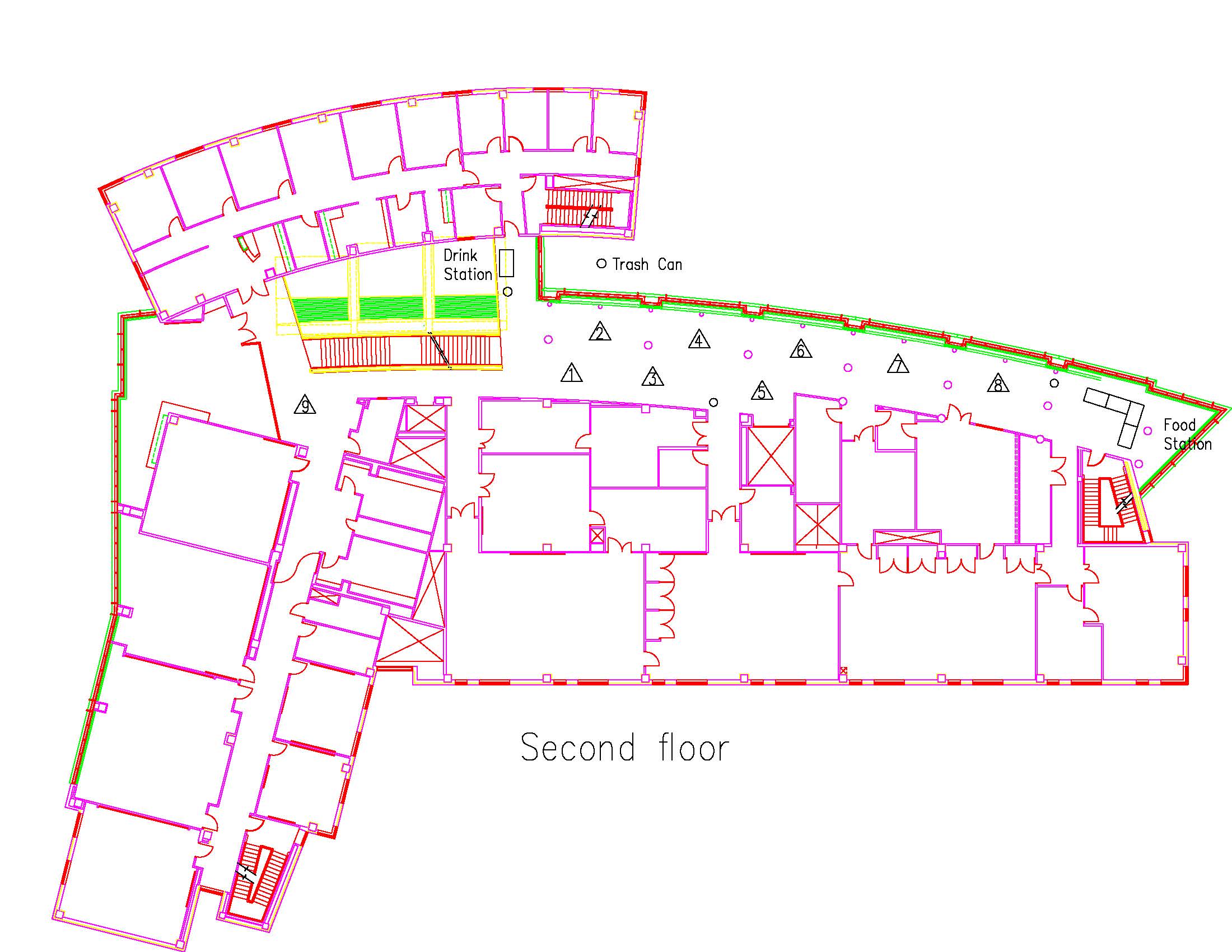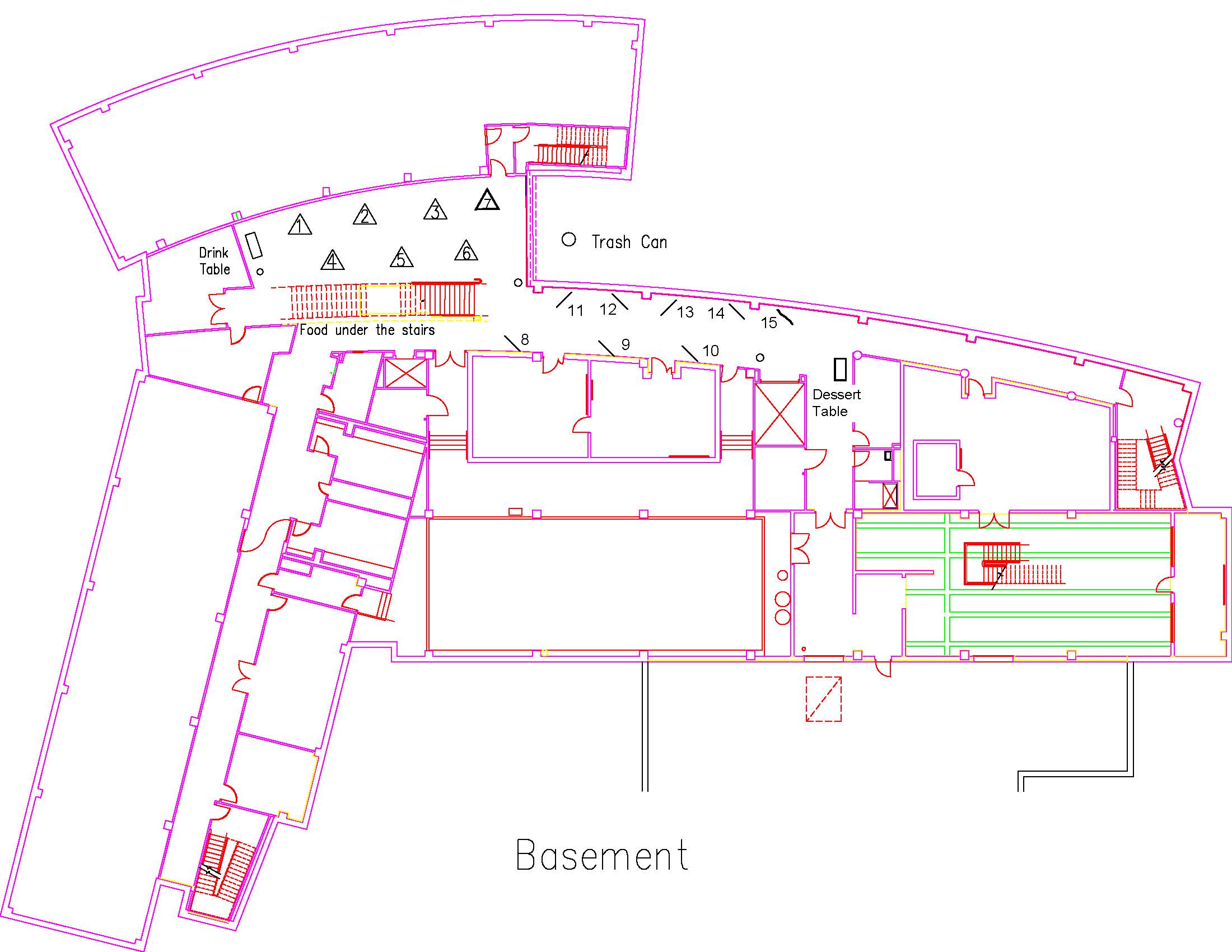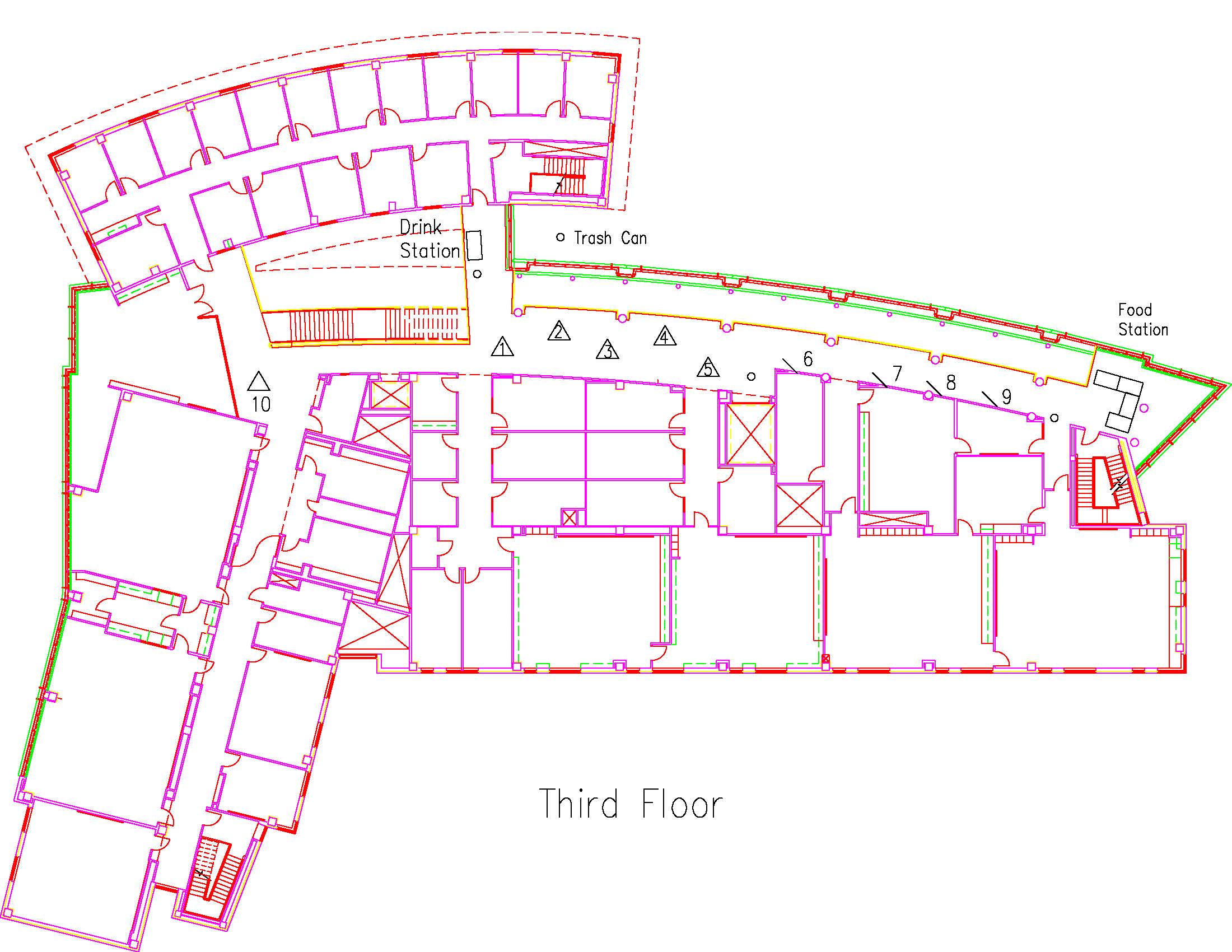COSC2019BEEBE45127 COSC
DSound
Type: Undergraduate
Author(s):
Emma Beebe
Engineering
Shane Mitchell
Computer Science
Wynn Pho
Computer Science
Advisor(s):
Liran Ma
Computer Science
Location: Session: 1; 2nd Floor; Table Number: 7

View PresentationHearing aids are costly, inconvenient, unappealing, and unfortunately are currently one of the only devices on the market for the hearing impaired. This explains why less than 30% of American adults with hearing impairment actually use hearing aids and in underdeveloped countries it is as low as 10%. With the abundance and accessibility of smartphones, an app that could substitute as a hearing aid could help people all over the world.
Due to technological advancement, smartphones have become powerful digital processing machines and are improved and refined constantly. It is the capability of processing sounds and playing the altered signal to the user that allows a smartphone to be used as a hearing aid. The teams before me have made an iOS app that can listen to the surrounding area and amplify sound in certain frequencies according to the user’s prescription.
This year our top priority is to pass Apple's latest requirements to put the iOS app on the App Store and add functionalities that allow it interact with the Apple Watch 4. We will then add more capabilities like developing a method to shift certain sounds from frequencies the patient cannot hear, as well to frequencies they can hear. Another new functionality would be for the app to have situational awareness so it plays the correct sound depending on the outside environment. In order to best achieve these goals, we will need some new technologies to meet Apple’s requirements and improve the performance of the app.
COSC2019LAZALDE32769 COSC
Superfrog Scheduler
Type: Undergraduate
Author(s):
Jose Lazalde
Computer Science
Sarah Allen
Computer Science
John Payton
Computer Science
Duncan Scott Martinson
Computer Science
Anh Vu
Computer Science
Advisor(s):
Bingyang Wei
Computer Science
Location: Session: 1; Basement; Table Number: 13

View PresentationA website that for scheduling and managing Superfrog appearances. Customers can go to our website and request Superfrog for their event. The website automates the request process and makes it easier for employees to sign up for events. The automated process makes it easier for the admin to validate a request and accept or reject the request accordingly. The goal is to improve and enhance the experience for the customer, Superfrog employees, and the TCU spirit program.
COSC2019MERRITT25840 COSC
Eureka Labs
Type: Undergraduate
Author(s):
Hunter Merritt
Computer Science
Geordie Jones
Computer Science
Dylan Perez
Computer Science
Antonio Rodriguez Esquire
Computer Science
Sabyasachi Sahoo
Computer Science
Advisor(s):
Liran Ma
Computer Science
Bingyan Wei
Computer Science
Location: Session: 1; 2nd Floor; Table Number: 9

View PresentationOur problem is with the current state of online computer network and security educational materials. We are greatly influenced by the success of Seed Labs at Syracuse which does an excellent job of providing instructional materials. We have expanded on their site by creating more of an educational portal as opposed to a central site for instructional materials. Our online educational program allows both students and educational professionals to source instructional materials as well as receive support directly from the labs authors.
COSC2019NGUYEN27593 COSC
AI 2 Go
Type: Undergraduate
Author(s):
Kien Nguyen
Computer Science
Khiem Nguyen
Computer Science
Megan Phan
Computer Science
Quang Truong
Computer Science
Kimon Vogt
Engineering
Advisor(s):
Liran Ma
Computer Science
Ze-Li Dou
Mathematics
Location: Session: 2; 3rd Floor; Table Number: 5

View PresentationIn March 2016, AlphaGo, an AI program by Google DeepMind, defeated the Go world champion Lee Sedol 4-1 in a five-game match, shocking the world. After March 2017 when AlphaGo again defeated the world champion, AlphaGo was improved to a newer version called AlphaZero, a stronger AI program that self-trained, with no prior knowledge, after being told only the rules of the game. From then, the strength of AI kept climbing at an astonishing rate.
Gian-Carlo Pascutto, a computer programmer who works at the Mozilla Corporation, had a track record of building competitive game engines, first in chess, then in Go. After following the latest research, he combined the Monte Carlo Tree Search and a neural network into building the world’s most successful open-source Go engines – first Leela, then LeelaZero – which mirrored the advances made by DeepMind.
Based on the open-source engines, we plan to take an alternative path of utilizing LeelaZero: finding the optimal results/playouts on different board sizes from 3x3 up to 9x9. Because of symmetry, there is a difference between an even and odd n x n board size. Therefore, we treat them separately on the following outline of the project:
- Modify the code of LeelaZero to allow all odd dimensions and obtain the results of optimal play for odd n up to 9.
- Modify the code of LeelaZero to allow all even dimensions and obtain the results of optimal plays for even n up to 8.
COSC2019PARRIS54725 COSC
TCU and UNTHCS Longitudinal Integrated Clerkship Scheduler
Type: Undergraduate
Author(s):
Alexander Parris
Computer Science
Zach Alaniz
Computer Science
Huy Bui
Computer Science
Justin Herold
Computer Science
Katie Ortstadt
Computer Science
Advisor(s):
Bingyang Wei
Computer Science
Location: Session: 2; 3rd Floor; Table Number: 5

View PresentationThe new TCU and UNTHSC School of Medicine is taking a progressive approach to curriculum for their students. The standard for medical clerkships, is for a medical student to focus on a practice, then move on to the next practice. This leaves a gap of time between learning and implementing a medical practice in the real world. The Longitudinal Integrated Clerkship (LIC) will engage students in a variety of medical practices in 2 week cycles, so students will constantly be maintaining their grasp on import skills and practices. It is our job to provide the scheduling application that will best match each student and doctor, at the best times.